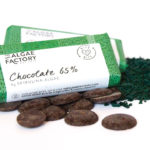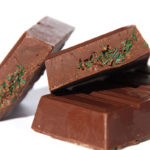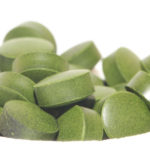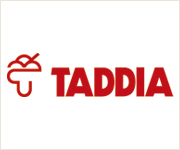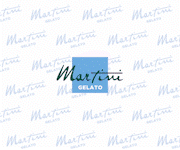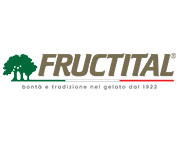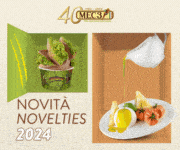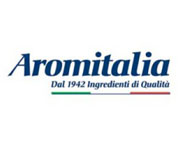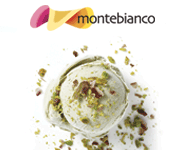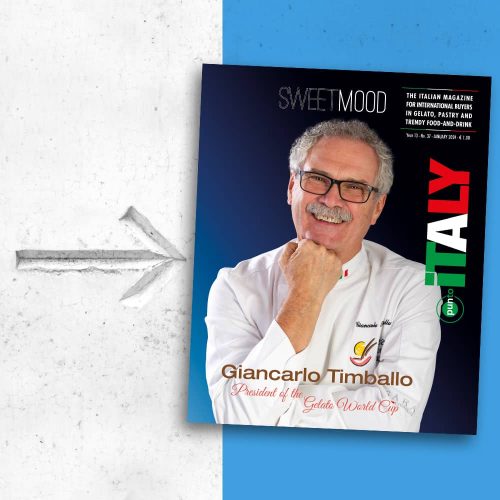The future is at the bottom of the ocean
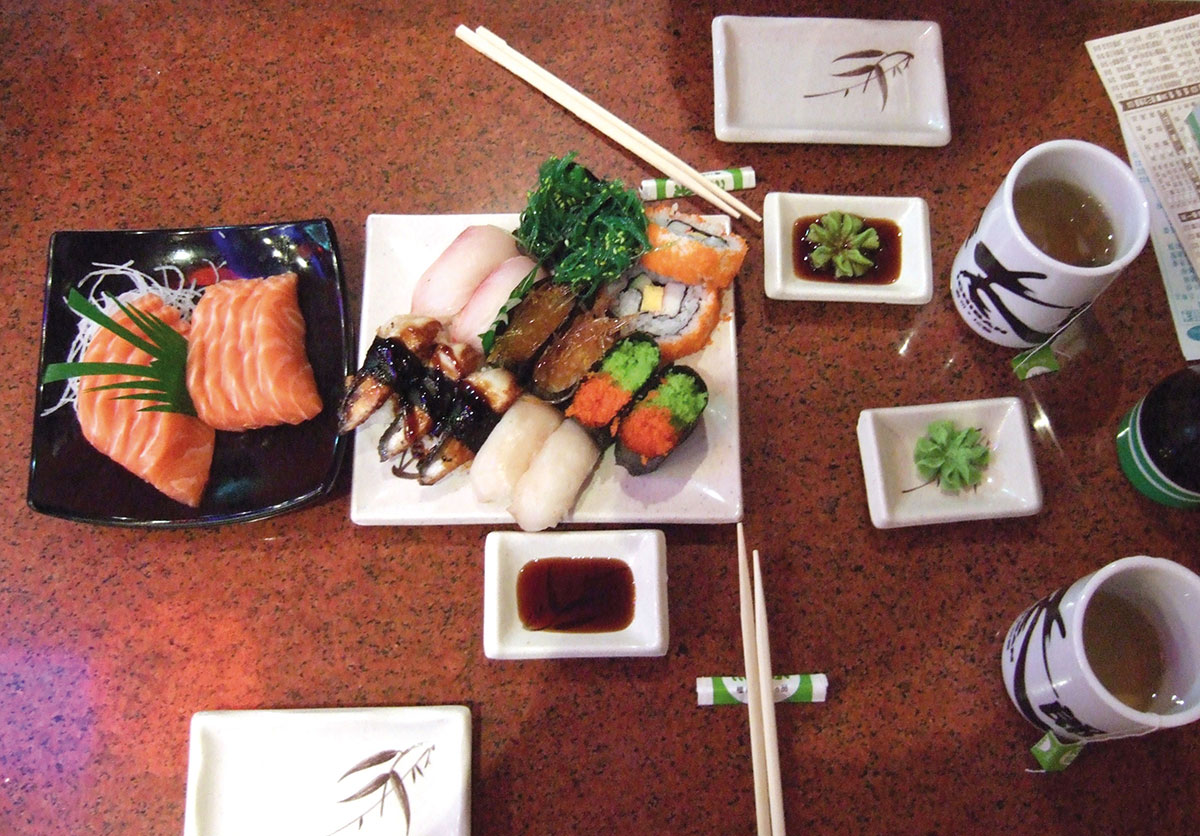
Up until yesterday, algae were an ingredient limited to oriental cuisine. Today, they have entered the diet not only of vegetarians and vegans around the world, but also of more traditional consumers, so much so that in Europe and the United States they represent one of the fastest growing foods.
It is estimated that currently around the world 19 million tons of algae are produced and sold every year. Since the 1980s, algae farms have been located in China, India, United States, Myanmar, and Mexico. New facilities are now starting to appear in Europe. In the greenhouse laboratories of the Dutch university in Wageningen, new growing techniques are being studied, and in Great Britain some time ago the Tesco supermarket chain added algae to its vegetable aisle. This massive growth is linked to the fact that, besides being valued for their nutritional properties, algae are cheap to farm, requiring little energy. And to grow there is no need for hard-to-find agricultural land, just sea water or lakes, available in abundance around the world. This is why FAO maintains that these plants represent one of the possible solutions to the problem of world hunger, considering that global population is destined to grow exponentially over the next decades, increasing from the current seven billion to nine billion in 2050.
COLOURFUL WELLBEING
Algae from salt water and fresh water are considered a super food, containing essential amino acids, large quantities of minerals and vitamins, and having antioxidant properties. They contain high proportions of protein, sometimes reaching as much as 60%.
The typical types of algae used in cooking are divided into five groups according to their colour: green, red, brown, blue, and white. For all intents and purposes they are vegetables to be served as a side dish, along with many dishes of traditional cuisines or to be used in preparing new creations.
Sea lettuce (Ulva lactuca) is a green alga with wide leaves and, as suggested by its name, can be consumed like normal lettuce.
Spirulina (Spirulina maxima) is a blue alga that grows in fresh water, originating in Mexico, where the Aztecs used to eat it together with corn to prepare for great mental and physical efforts. It is the richest known plant source of protein and contains vitamins, minerals, essential amino acids, omega 3, and omega 6.
It can be added to homemade tagliatelle pasta or used as a condiment. It is also a great new additive for smoothies, together with bananas and apples. Used in Japanese cuisine to wrap maki, the Nori alga (Porphyra tenera) carries out anti-ulcer and antibacterial activities. It is sold in leaves and is great for adding flavour to soups and salads. Similar to twine, the Wakame alga (Undaria pinnatifida) stimulates the immune system. It can be served raw with pickled vegetables or together with citrus fruit in a refreshing summer salad.
When cooked, it is particularly suited to soups. Very rich in iron, the Dulse alga (Palmaria palmata) is a red alga that usually grows in the wild along the Pacific coasts and in the North Atlantic. In some countries like Ireland it is used to flavour meat dishes, because once it is cooked it tastes like bacon.
The Arame alga (Eisenia bicyclis) has a dark colour and is usually cut in long filaments. It is steamed or stir-fried in a little oil, has a delicate flavour, and is considered useful for rebalancing physical wellbeing.
Rich in potassium, phosphorous, and iodine, the Kombu alga (Laminaria digitata or Laminaria japonica) is often used when cooking legumes, since it makes them softer and more digestible, as well as in soups and omelets. Agar agar is made from red algae belonging to different genera and is used as a natural jelling agent in many foods like puddings, jams, creams, and sauces.
Recent Blog Posts
 Medac and AIFA: Hip hip hooray for Charles!
Medac and AIFA: Hip hip hooray for Charles! Sigep 2024 - Carpigiani’s special events with a look at the “green” future of Gelato and pastry
Sigep 2024 - Carpigiani’s special events with a look at the “green” future of Gelato and pastry Maurizio Manzi, as Ambassador for AIG, at the Melbourne Italian Festa
Maurizio Manzi, as Ambassador for AIG, at the Melbourne Italian Festa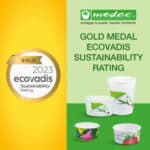 Medac awarded with the EcoVadis gold medal
Medac awarded with the EcoVadis gold medal MIG Longarone and SIRHA Budapest: a new dynamic space for italian gelato
MIG Longarone and SIRHA Budapest: a new dynamic space for italian gelato Medac supports Alice Italian Food Academy
Medac supports Alice Italian Food Academy The Gelatissimo 2024 online ticket office is officially open.
The Gelatissimo 2024 online ticket office is officially open. Casa Optima Group looks for two exclusive agents
Casa Optima Group looks for two exclusive agents Gelatissimo 2024: here the first information
Gelatissimo 2024: here the first information Ci Gusta opens a new store into the “Il Mercato Eat&Meet” in Reggio Emilia
Ci Gusta opens a new store into the “Il Mercato Eat&Meet” in Reggio Emilia

